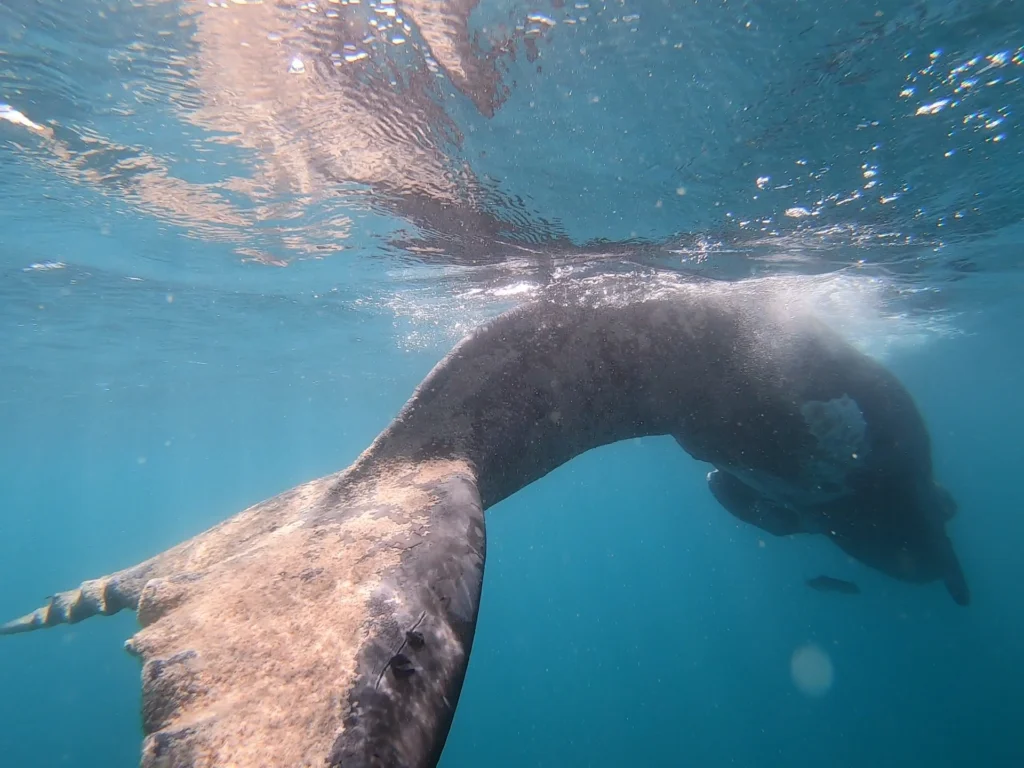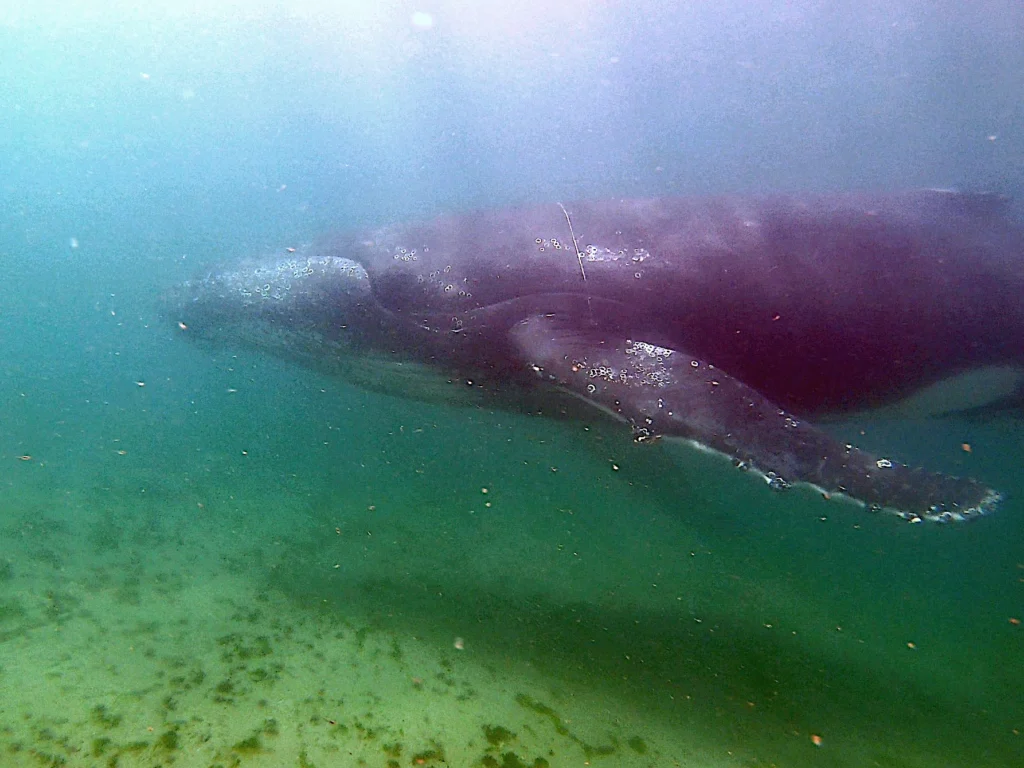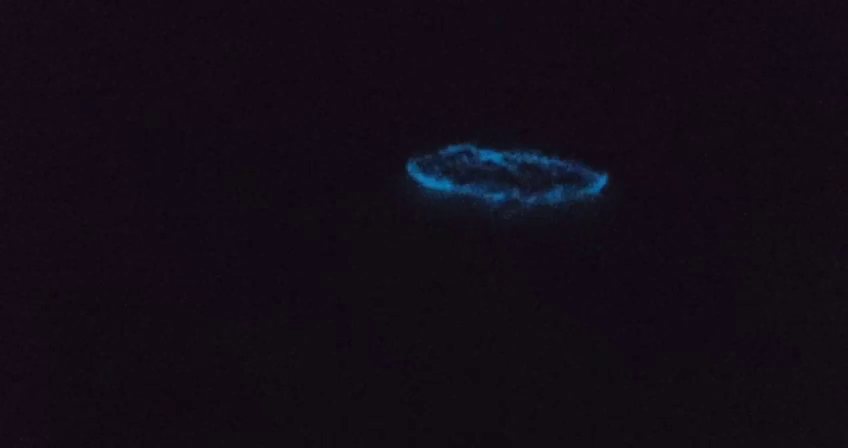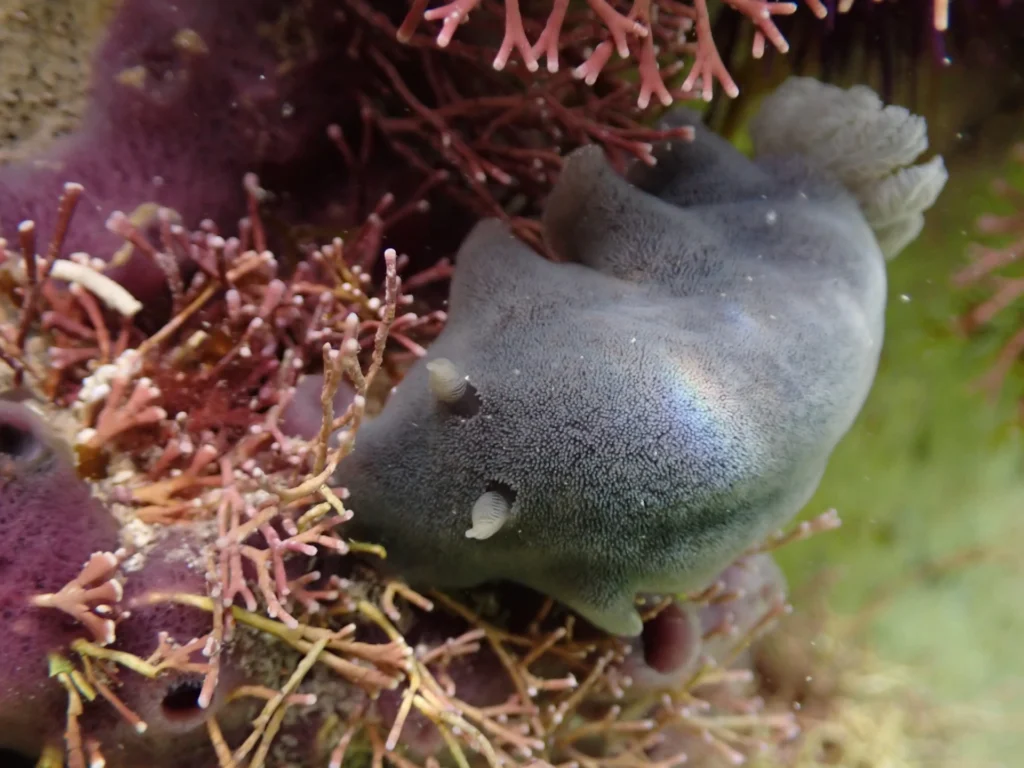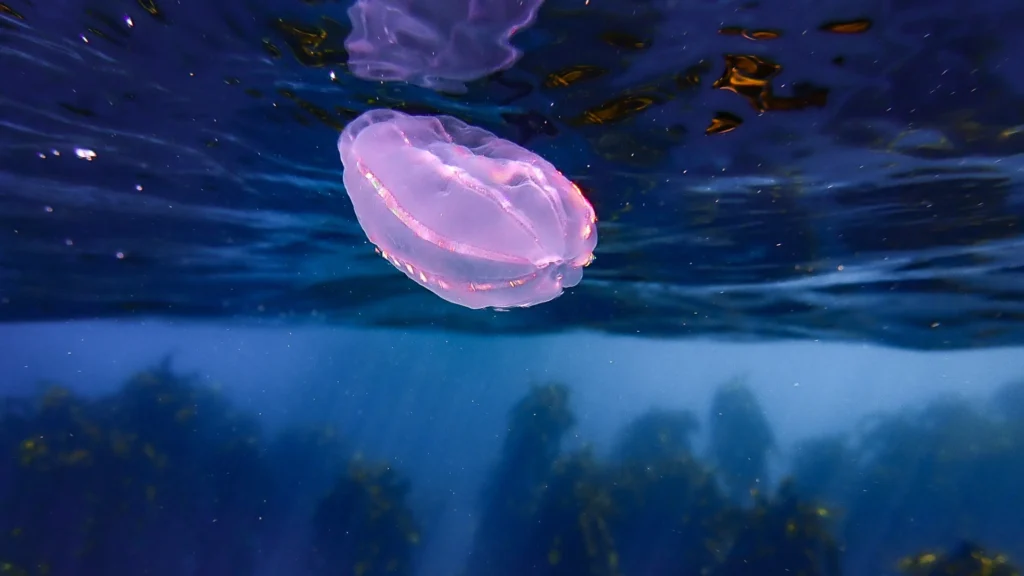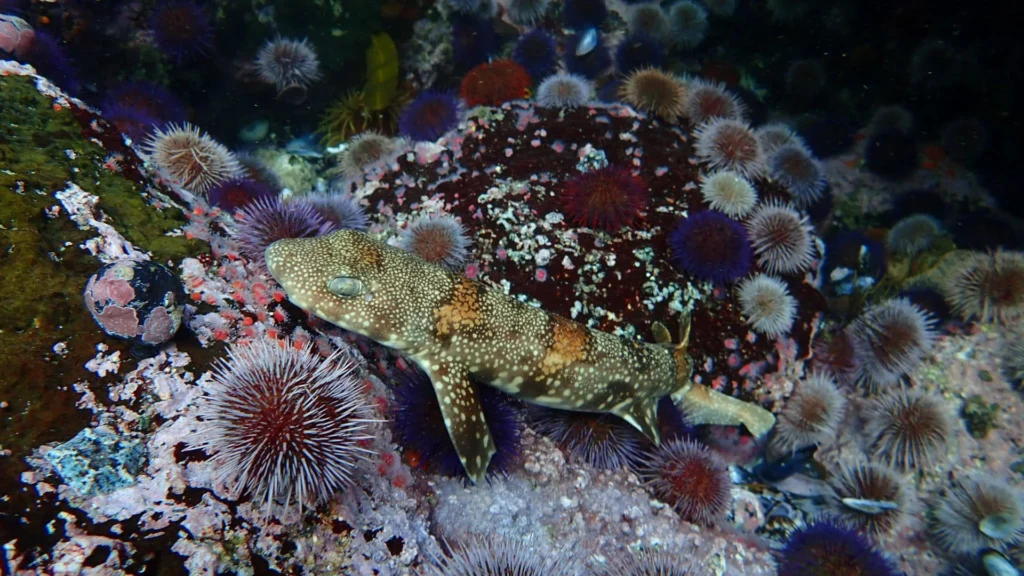Southern Right Whales
The southern right whale (Eubalaena australis) is a magnificent marine mammal that inhabits the Southern Hemisphere’s oceans. Belonging to the family Balaenidae, it shares its lineage with two other right whale species, the North Atlantic and North Pacific right whales. While previously thought to be of the same species during the early whaling era, genetic […]
Southern Right Whales Read More »

